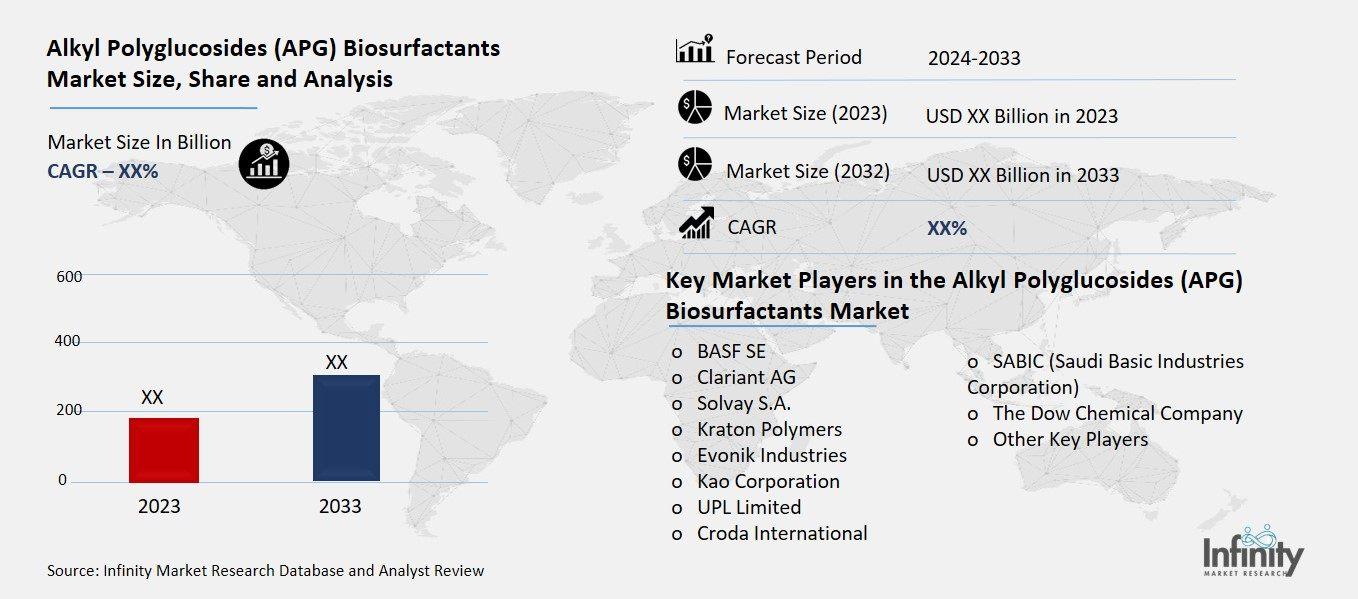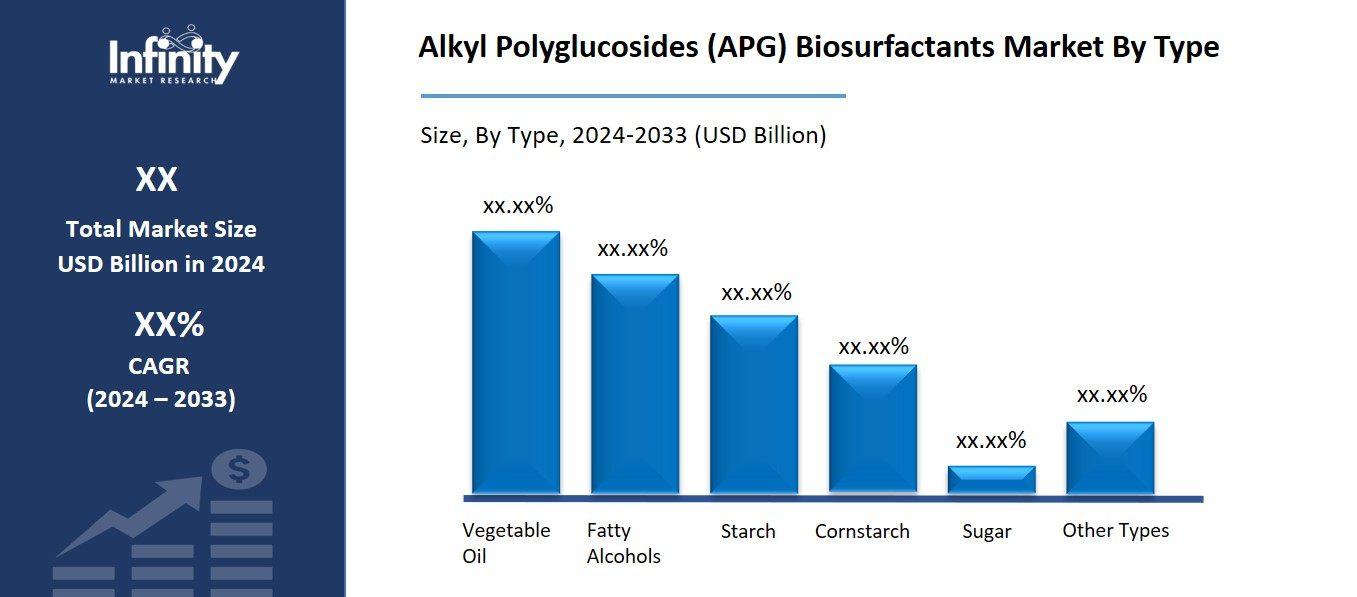
🔐 Secure Payment Guaranteed
Safe checkout with trusted global payment methods.
🌟 Why Choose Infinity Market Research?
At Infinity Market Research, we dont just deliver data — we deliver clarity, confidence, and competitive edge.
In a world driven by insights, we help businesses unlock the infinite potential of informed decisions.
Here why global brands, startups, and decision-makers choose us:
Industry-Centric Expertise
With deep domain knowledge across sectors — from healthcare and technology to manufacturing and consumer goods — our team delivers insights that matter.
Custom Research, Not Cookie-Cutter Reports
Every business is unique, and so are its challenges. Thats why we tailor our research to your specific goals, offering solutions that are actionable, relevant, and reliable.
Data You Can Trust
Our research methodology is rigorous, transparent, and validated at every step. We believe in delivering not just numbers, but numbers that drive real impact.
Client-Centric Approach
Your success is our priority. From first contact to final delivery, our team is responsive, collaborative, and committed to your goals — because you re more than a client; you re a partner.
Recent Reports
Global Myopia Control Lenses Market Report 2025-33
Hyaluronic Acid-based Dermal Fillers Market Report
Alkyl Polyglucosides (APG) Biosurfactants Market
Global Alkyl Polyglucosides (APG) Biosurfactants Market (By Type, Vegetable Oil, Fatty Alcohols, Starch, Cornstarch, Sugar, And Other Types; By Application, Agricultural Chemicals, Personal Care, Industrial Cleaners, Household Detergents, Cosmetics, and Other Applications; By Region and Companies), 2024-2033
Jun 2025
Chemicals and Materials
Pages: 138
ID: IMR2075
Alkyl Polyglucosides (APG) Biosurfactants Market Overview
Global Alkyl Polyglucosides (APG) Biosurfactants Market acquired the significant revenue of XX Billion in 2023 and expected to be worth around USD XX Billion by 2033 with the CAGR of XX% during the forecast period of 2024 to 2033. The Alkyl Polyglucosides (APG) biosurfactants market is one of the fastest-growing segments in the global surfactants market due to growing concerns over the use of natural and renewable products instead of the petroleum-based counterparts. APGs are non-ionic, biodegradable surfactants synthesised from renewable feed stocks such as plant sugars and fatty alcohols; they can be used in all the major application sectors including personal care products, household detergents and cleansers, industrial and institutional cleaners and medicines.

These surfactants are especially appreciated when their performance in hard water is good due to their mildness, good foaming properties and versatility which makes it suitable for personal care products especially those being developed and marketed with natural and environmental friendly claims. Also expanding the growth rate towards APG is the increasing focus on sustainable and green chemistry because of their benefits to the environment where they are biodegradable reducing pollution.
Drivers for the Alkyl Polyglucosides (APG) Biosurfactants Market
Growing Demand for Eco-Friendly Products
Environmental comprise is also a factor in the ever rising demand for more biodegradable and renewable biosurfactants such as alkyl polyglucosides (APGs). Users and businesses are paying more attention to the effects of the chemicals which they utilize including the petrochemical based surfactants that are obtained from finite natural resources and cause pollution of the environment.
Most used surfactants have characteristics of high biodegradability; however, they are non-biodegradable hence cause long term environmental impact. Thus, APG and which are synthesized from renewable resources including plant-derived sugars and fatty alcohols, is biodegradable, non-hazardous and environmentally friendly as compared to mineral oil based synthetic surfactants. This shift is further thumps up by regulatory factors and stringents that have called for low carbon options, green chemistry as well as sustainable manufacturing.
Restraints for the Alkyl Polyglucosides (APG) Biosurfactants Market
Technical Challenges in Large-Scale Production
Developing cost-effective and scalable manufacturing processes for Alkyl Polyglucosides (APGs) remains a significant challenge that can hinder the market's growth. While APGs offer numerous environmental and performance benefits, their production is often more complex and expensive compared to traditional surfactants. The synthesis of APGs involves the use of renewable plant-based raw materials, which can be costly and may not always be available in sufficient quantities. Additionally, the process of converting these raw materials into high-quality APG surfactants requires advanced biotechnological methods or chemical processes that are not yet fully optimized for large-scale production.
Opportunity in the Alkyl Polyglucosides (APG) Biosurfactants Market
Adoption in Industrial and Agricultural Applications
Alkyl Polyglucosides (APGs) have significant potential in various industrial applications, expanding beyond traditional uses in personal care and household products. In oil recovery, APGs can serve as effective surfactants in enhanced oil recovery processes, where they help reduce the surface tension between oil and water, improving the extraction of oil from reservoirs. Their biodegradability and non-toxic nature make them an attractive alternative to more harmful chemicals traditionally used in the oil industry, aligning with the growing push for sustainable and eco-friendly practices.
In agriculture, APGs are increasingly used as wetting agents, which improve the spread and absorption of pesticides, herbicides, and fertilizers. This helps enhance the effectiveness of agricultural chemicals while reducing the overall quantity required for application, contributing to more sustainable farming practices. Their mild nature also ensures they are safe for use on crops and the surrounding environment.
Trends for the Alkyl Polyglucosides (APG) Biosurfactants Market
Rise of Green Consumerism
There is a noticeable shift towards "green" and sustainable consumer behavior, which is significantly influencing the growth of the APG (Alkyl Polyglucosides) biosurfactants market. Consumers today are more informed and conscious of the environmental and health impacts of the products they purchase. This shift in consumer values has led to a rising demand for natural, organic, and eco-friendly products across various sectors, including personal care, cleaning, and household goods. Consumers are increasingly seeking products that align with their desire for sustainability, opting for items that are biodegradable, non-toxic, and free from harmful chemicals.
Segments Covered in the Report
By Type
o Vegetable Oil
o Fatty Alcohols
o Starch
o Cornstarch
o Sugar
o Other Types
By Application
o Agricultural Chemicals
o Personal Care
o Industrial Cleaners
o Household Detergents
o Cosmetics
o Other Applications
Segment Analysis
By Type Analysis
On the basis of type, the market is divided into vegetable oil, fatty alcohols, starch, cornstarch, sugar, and other types. Among these, fatty alcohols segment acquired the significant share in the market owing to fatty alcohols' wide availability, cost-effectiveness, and suitability for creating high-performance bio surfactants. Fatty alcohols, derived from both plant-based and synthetic sources, are essential in the production of APGs as they contribute to the surfactants' hydrophobic properties, which enhance their cleaning and foaming abilities. Their versatility and effectiveness in a range of applications from personal care and household products to industrial and agricultural uses make fatty alcohols a preferred raw material.

By Application Analysis
On the basis of application, the market is divided into agricultural chemicals, personal care, industrial cleaners, household detergents, cosmetics, and other applications. Among these, personal care segment held the prominent share of the market due to the increasing consumer preference for natural, mild, and eco-friendly products in personal care formulations. APGs are known for their gentle nature, making them ideal for use in a wide range of personal care products, including shampoos, body washes, facial cleansers, and soaps. They offer excellent foaming, emulsifying, and cleansing properties while being non-toxic and biodegradable, which aligns with the growing demand for sustainable and safe alternatives to conventional synthetic surfactants.
Regional Analysis
Asia Pacific Dominated the Market with the Highest Revenue Share
Asia Pacific held the most of the share of 32.1% of the market, driven by rapid industrial growth, population expansion, and increased environmental awareness. This region benefits from a strong demand for APGs in industries such as textiles, food and beverages, and oil and gas, where sustainable and biodegradable alternatives are increasingly preferred. Asia Pacific is also a global leader in textile production, with major contributions from countries like China, India, and Bangladesh, where APGs are widely used in detergent applications.
Additionally, the growing middle-class population and rising disposable incomes in countries such as China and India have spurred the demand for eco-friendly personal care and household cleaning products. Governments in the region are also promoting green initiatives and sustainable manufacturing practices, further boosting the adoption of APGs. With its large population base and significant export activities, Asia Pacific is expected to maintain its leading position in the APG bio surfactants market.
Competitive Analysis
The Alkyl Polyglucosides (APG) biosurfactants market is highly competitive, characterized by the presence of both established multinational corporations and smaller regional players. Key market leaders like BASF SE, Clariant AG, Solvay S.A., and Evonik Industries dominate due to their extensive product portfolios, global distribution networks, and strong emphasis on research and development. These companies invest heavily in innovation to develop cost-effective and scalable production methods, enabling them to cater to the growing demand for sustainable and eco-friendly surfactants across various industries. Additionally, smaller players and niche manufacturers are focusing on specialized applications and regional markets to carve out their space in the market.
Recent Developments
In June 2023, BASF announced plans to enhance its global production capacity for Alkyl Polyglucosides (APGs) by expanding its facilities in Bangpakong, Thailand, and Cincinnati, Ohio. Simultaneously, the company is increasing alkoxylation capacities at its sites in Antwerp, Belgium, and Ludwigshafen, Germany (pictured). Both initiatives fall under BASF's Care Chemicals division.
Key Market Players in the Alkyl Polyglucosides (APG) Biosurfactants Market
o BASF SE
o Clariant AG
o Solvay S.A.
o Kraton Polymers
o Evonik Industries
o Kao Corporation
o UPL Limited
o Croda International
o SABIC (Saudi Basic Industries Corporation)
o Other Key Players
|
Report Features |
Description |
|
Market Size 2023 |
USD XX Billion |
|
Market Size 2033 |
USD XX Billion |
|
Compound Annual Growth Rate (CAGR) |
XX% (2023-2033) |
|
Base Year |
2023 |
|
Market Forecast Period |
2024-2033 |
|
Historical Data |
2019-2022 |
|
Market Forecast Units |
Value (USD Billion) |
|
Report Coverage |
Revenue Forecast, Market Competitive Landscape, Growth Factors, and Trends |
|
Segments Covered |
By Type, Application, and Region |
|
Geographies Covered |
North America, Europe, Asia Pacific, and the Rest of the World |
|
Countries Covered |
The U.S., Canada, Germany, France, U.K, Italy, Spain, China, Japan, India, Australia, South Korea, and Brazil |
|
Key Companies Profiled |
BASF SE, Clariant AG, Solvay S.A., Kraton Polymers, Evonik Industries, Kao Corporation, UPL Limited, Croda International, SABIC (Saudi Basic Industries Corporation), The Dow Chemical Company, and Other Key Players. |
|
Key Market Opportunities |
Adoption in Industrial and Agricultural Applications |
|
Key Market Dynamics |
Growing Demand for Eco-Friendly Products |
📘 Frequently Asked Questions
1. Who are the key players in the Alkyl Polyglucosides (APG) Biosurfactants Market?
Answer: BASF SE, Clariant AG, Solvay S.A., Kraton Polymers, Evonik Industries, Kao Corporation, UPL Limited, Croda International, SABIC (Saudi Basic Industries Corporation), The Dow Chemical Company, and Other Key Players.
2. How much is the Alkyl Polyglucosides (APG) Biosurfactants Market in 2023?
Answer: The Alkyl Polyglucosides (APG) Biosurfactants Market size was valued at USD XX Billion in 2023.
3. What would be the forecast period in the Alkyl Polyglucosides (APG) Biosurfactants Market?
Answer: The forecast period in the Alkyl Polyglucosides (APG) Biosurfactants Market report is 2023-2033.
4. What is the growth rate of the Alkyl Polyglucosides (APG) Biosurfactants Market?
Answer: Alkyl Polyglucosides (APG) Biosurfactants Market is growing at a CAGR of XX% during the forecast period, from 2023 to 2033.


🔐 Secure Payment Guaranteed
Safe checkout with trusted global payment methods.
🌟 Why Choose Infinity Market Research?
- Accurate & Verified Data:Our insights are trusted by global brands and Fortune 500 companies.
- Complete Transparency:No hidden fees, locked content, or misleading claims — ever.
- 24/7 Analyst Support:Our expert team is always available to help you make smarter decisions.
- Instant Savings:Enjoy a flat $1000 OFF on every report.
- Fast & Reliable Delivery:Get your report delivered within 5 working days, guaranteed.
- Tailored Insights:Customized research that fits your industry and specific goals.




